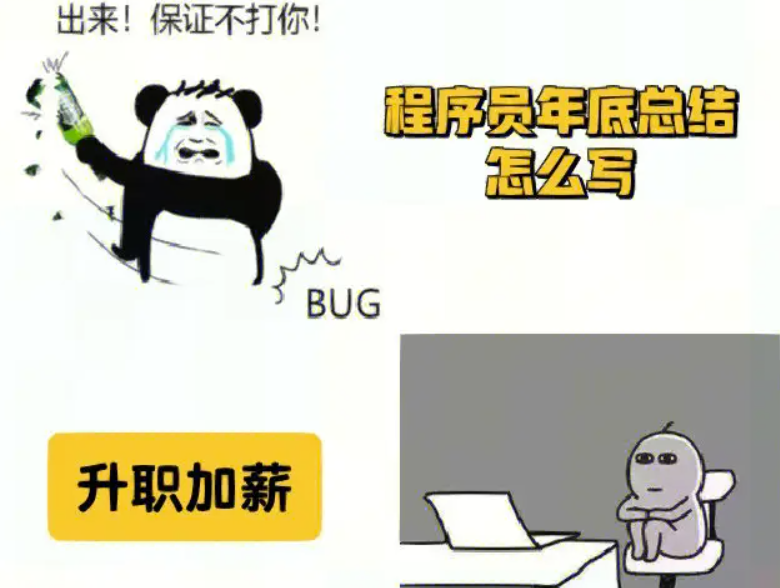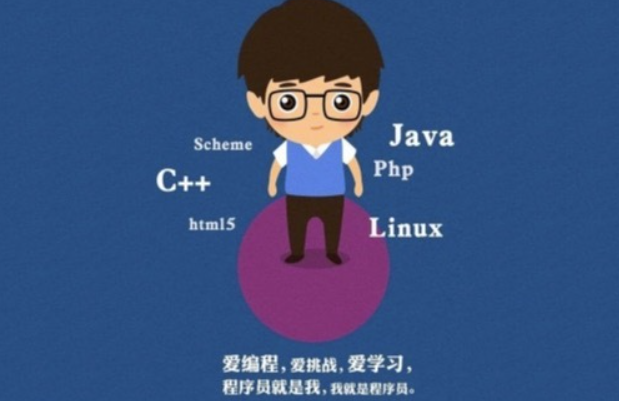The Domain-Invariant radar emitter Recognition Network (DIRNet) is a deep learning model that can recognize and classify different types of radar emitters, regardless of the environment or conditions in which they are used. The model is trained on a large dataset of radar signals, and uses advanced techniques such as transfer learning and domain adaptation to improve its performance across different domains.
One of the key challenges in radar emitter recognition is dealing with variations in signal characteristics due to changes in environmental factors, such as weather conditions or physical obstacles. These variations can make it difficult for traditional machine learning models to accurately classify radar signals, leading to decreased performance and increased false positives.
DIRNet addresses these challenges by using a deep neural network architecture that can learn complex patterns and relationships within the data. The model is trained on a large dataset of labeled radar signals, which allows it to learn features that are invariant across different domains. This means that the model can recognize and classify radar emitters even if they are operating in different environments or under varying conditions.
To further improve its performance across different domains, DIRNet also uses transfer learning and domain adaptation techniques. Transfer learning involves pretraining the model on a large dataset from a related task before fine-tuning it on the specific task at hand. This approach helps the model learn more robust features that generalize better across domains.
Domain adaptation involves adjusting the model’s parameters based on samples from both source and target domains during training, so that it can better handle differences between them. This technique helps reduce the negative impact of distributional shift caused by differences between training and testing data distributions.
Overall, DIRNet represents an important advance in radar emitter recognition technology, offering improved accuracy and reliability in challenging real-world scenarios.




















